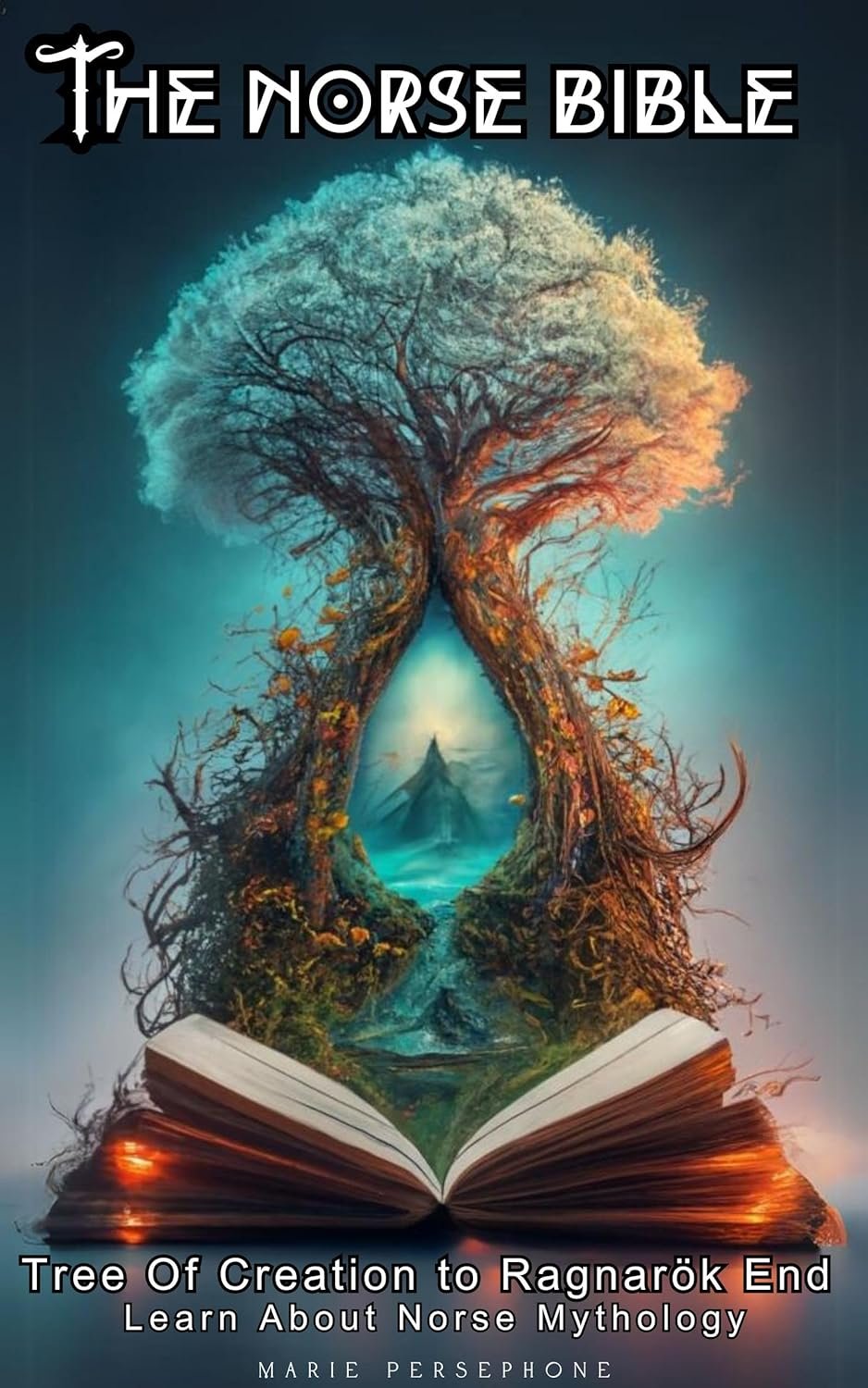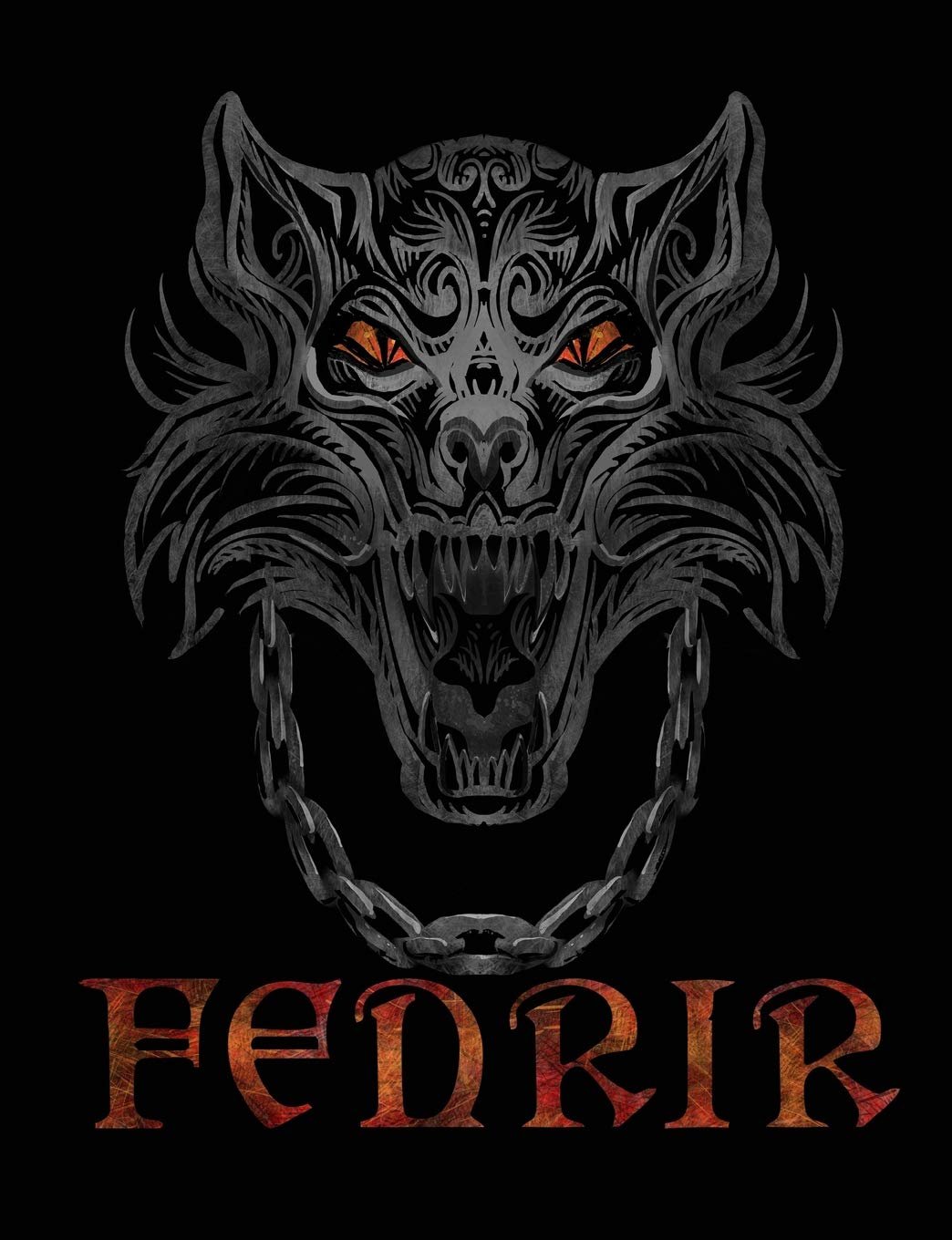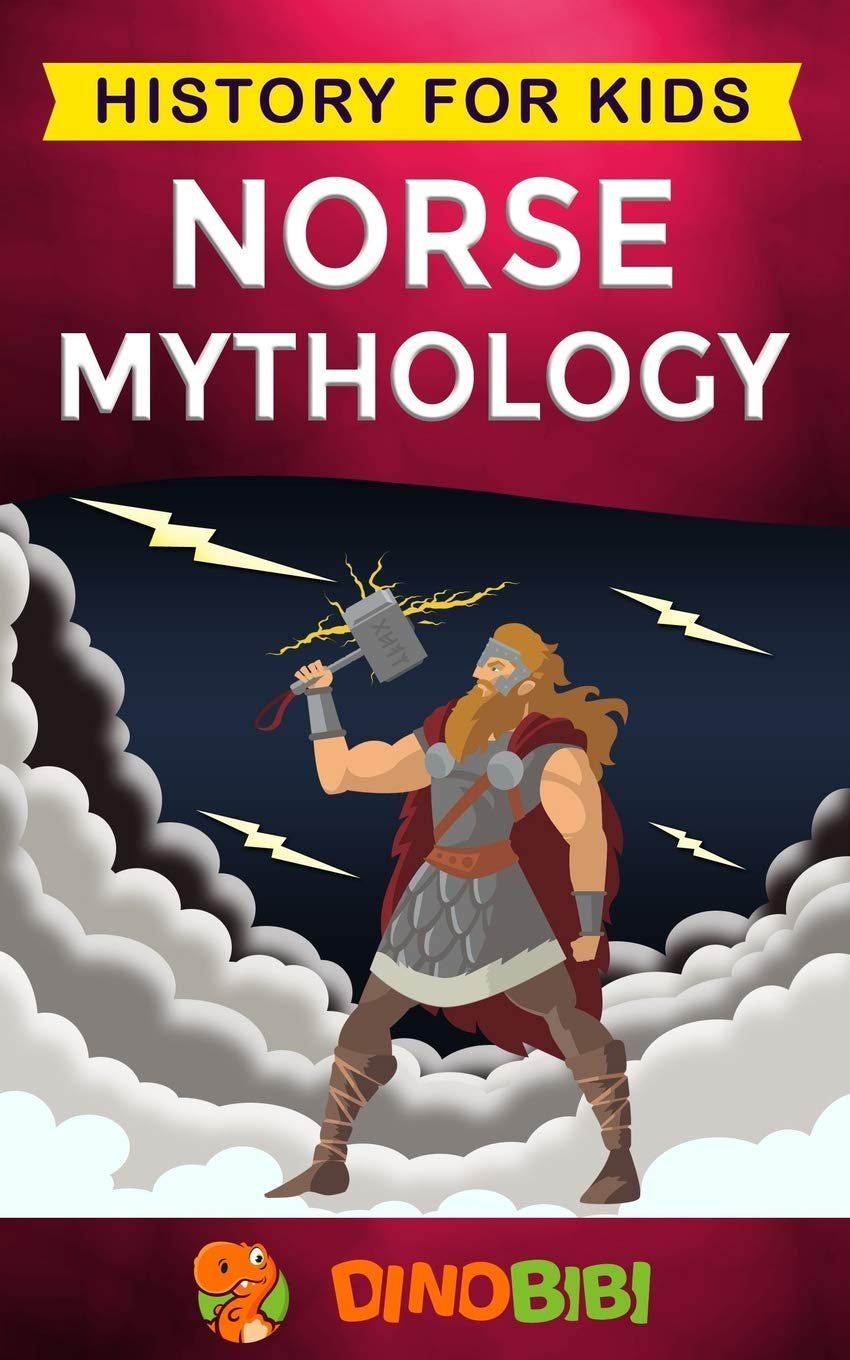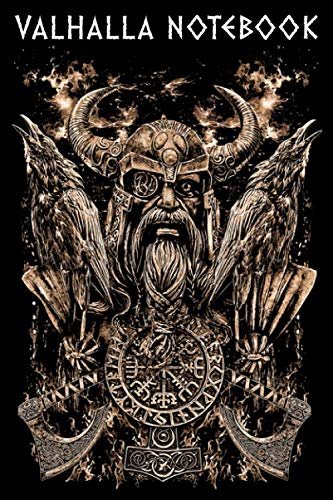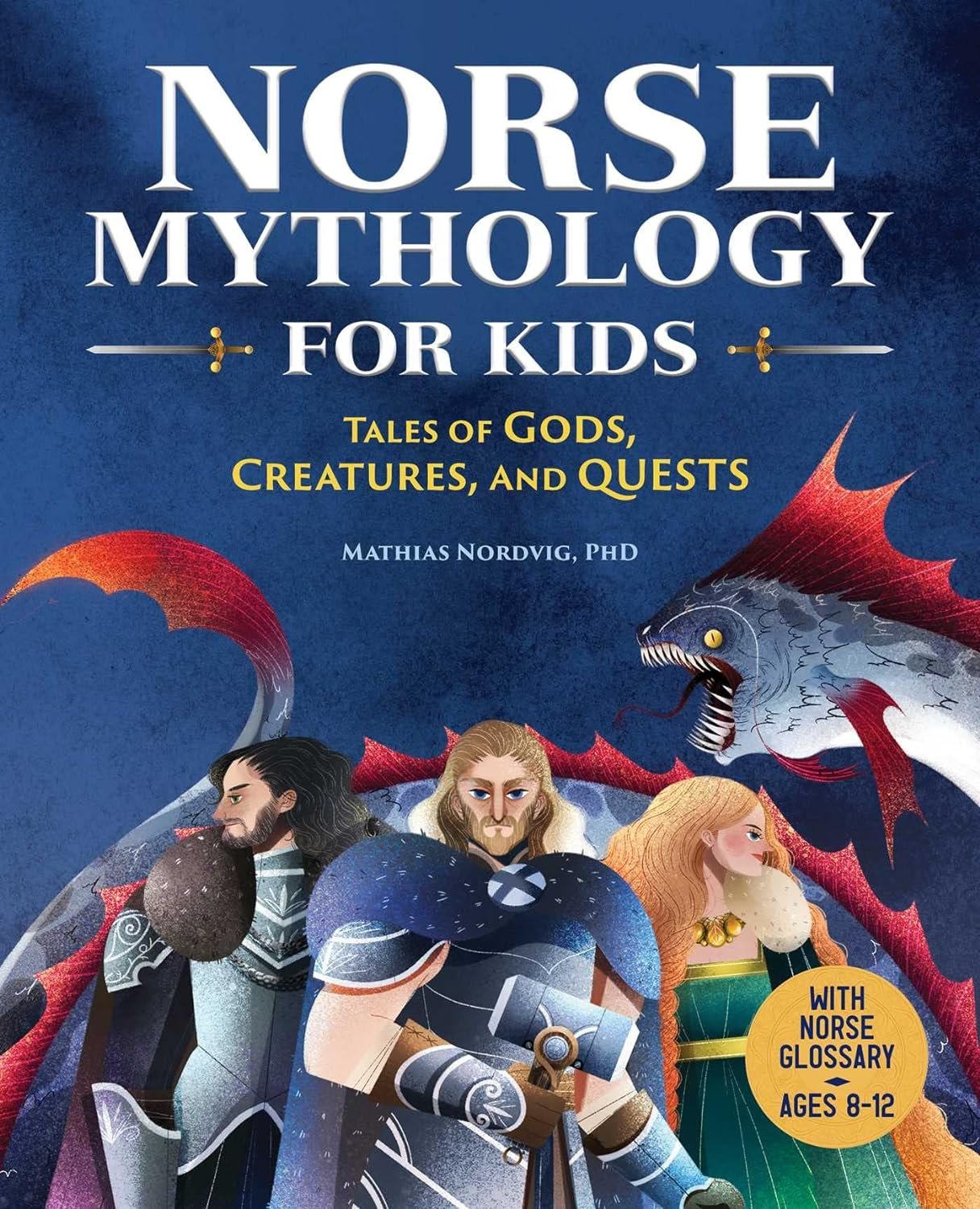A Closer Look at Mystic Beasts in Norse Mythology
Table of Contents Hide
Intro
As the fascination with ancient cultures and mythologies continues to endure, Norse mythology in particular holds a powerful allure. It brims with epic tales and mystic beasts that embody fear, bravery, wisdom, and trickery. Today, we delve deeper into the fascinating world of these ancient Norse mythical creatures and uncover what each signifies.
The Ferocious Fenrir, the Wolf of Destruction
Emerging from the tales of Norse mythology is the fearsome Fenrir, a terrifying wolf birthed from the union of Loki, the god of mischief, and the giantess, Angrboda. In the vast, intricate tapestry of Norse lore, Fenrir is a figure shrouded in dread and awe. The prophecy concerning this beast sent tremors of terror through the gods - it foretold of Fenrir's role in Ragnarok, the apocalyptic destruction of the world.
The gods, anxious of the prophecy, chose to bind Fenrir in chains, a decision that would only fuel his fury and power. When Ragnarok finally descended upon them, Fenrir retaliated with unparalleled ferocity. In a grim and symbolic moment, he consumed Odin, the Allfather. Fenrir's destructive act was not merely a show of power but an embodiment of chaos that ushers in rebirth and renewal.
The image of Fenrir is not one of mindless destruction but a deep symbol of the constant cycle of endings and beginnings. He is a testament to the relentless power that brings about the end, only to pave the path for new beginnings. As the embodiment of destruction, Fenrir stands as an enduring symbol of the transformative power of chaos and the unyielding nature of destiny in Norse mythology.
Jormungandr, the Midgard Serpent
Norse mythology also speaks of the massive Midgard Serpent, known as Jormungandr. Born from the cunning Loki, this serpent is of such unimaginable scale that it encircles the entirety of Midgard, the realm inhabited by humans. So vast is Jormungandr that its own tail rests in its mouth, completing a ring around the world. This striking image illustrates the concept of eternity, signifying the endless cycle of time and the interconnection of all life.
This cosmic serpent's role becomes particularly crucial when we consider the prophesied events of Ragnarok. According to ancient tales, when the end of the world draws near, Jormungandr will let go of its tail and surge from the ocean's abyss. As it ascends, it will unleash tumultuous floods and spew deadly venom into the skies. This foreboding scene is not just about doom and devastation but is rather a grand metaphorical representation of transformation and cyclical renewal, themes central to Norse mythology.
Despite its fearsome portrayal, the presence of Jormungandr in Norse mythology goes beyond inducing fear. It invites us to ponder upon the infinite loop of time, the cyclical nature of existence, and the intricate web that connects all forms of life. Even in its terrifying might, the Midgard Serpent symbolizes the unity of the cosmos, emphasizing that everything in the universe is intricately woven together, participating in an eternal dance of creation, preservation, and dissolution. Thus, Jormungandr is not merely a creature of destruction but an embodiment of the ceaseless cycle of life and the profound interconnectedness of the cosmos.
Sleipnir, the Eight-Legged Steed
Born from the inventive schemes of Loki, Sleipnir is no ordinary horse. With eight legs, this unparalleled steed can stride across all planes of existence with effortless grace and unfathomable speed. Known as the gallant mount of Odin, Sleipnir is an embodiment of agility, fearlessness, and transcendence.
Imagine, if you will, a horse capable of galloping through not just the physical world, but also the myriad otherworldly realms that comprise the Norse cosmology. Sleipnir's exceptional ability to journey between these realms, unrestricted by any barriers, conveys a deep sense of freedom and boundless exploration, two elements deeply revered in the Norse culture.
Moreover, Sleipnir's unmatched swiftness and its indomitable spirit echo the strength of Odin himself, further highlighting the bond between the Allfather and his trusted steed. Their relationship is not merely one of master and servant, but rather, a unique partnership that transcends the typical human-animal dynamic. They stand together, united in purpose and spirit, epitomizing the ideal of harmonious coexistence.
While Sleipnir's extraordinary features might make it seem otherworldly, it also provides a tangible link between the celestial and the terrestrial. It bridges the gap between gods and mortals, echoing the Norse belief in interconnected realms and the fluidity of existence.
Yet, despite its divine connections and mythical abilities, Sleipnir is not a distant figure of awe and wonder. Instead, it holds a significant place in the everyday lives of the Norse people. Sleipnir's depiction in Norse art and literature, often in connection with Odin's heroic deeds, serves as an enduring symbol of resilience, determination, and the ability to surpass boundaries, encouraging the Norse people to strive for greatness and never fear the unknown.
In the grand tapestry of Norse mythology, Sleipnir serves as a reminder of the awe-inspiring potential within every creature and the limitless horizons that beckon us to explore. Thus, the tale of Sleipnir, the eight-legged steed, is not just an account of a mythical creature's exploits. It is an inspiring narrative that speaks to our innate yearning for adventure and discovery, urging us to embrace the journey, no matter how challenging or unusual it might seem.
Nidhogg, the Dragon of the Underworld
In the shadowy depths of Niflheim, the underworld of Norse cosmology, dwells Nidhogg, a dragon of malevolent nature. This formidable beast's primary fascination lies in relentlessly gnawing at the roots of the majestic Yggdrasil, the world tree that links all realms in Norse mythology. While this might paint Nidhogg as a symbol of ruin and devastation, the dragon’s role is more nuanced than it appears at first glance.
This constant gnawing does not merely represent destructive tendencies but serves as a symbolic representation of corruption and moral degeneration. However, rather than merely manifesting as an unrelenting force of destruction, Nidhogg’s actions underline the continual threat posed by decay and degeneration, which necessitates constant vigilance and renewal.
Even more intriguing is Nidhogg's gruesome diet. Known to feast on the corpses of the wicked, this gruesome detail amplifies the dragon's unsettling nature. Yet, it also echoes the ancient Norse belief in divine retribution and the enduring consequences of one's actions. Thus, Nidhogg serves as a potent reminder of the moral choices we make and their inevitable repercussions.
In the intricate interplay of cosmic balance, Nidhogg assumes a role that might initially seem discordant, but in reality, is crucial. Its relentless gnawing does endanger the stability of Yggdrasil, but it also contributes to the vital ecological balance of the world tree. This embodiment of corruption and decay ultimately serves to highlight the delicate balance that exists between forces of creation and destruction, good and evil.
However, Nidhogg is not merely a symbol of fear and moral caution. It also invites us to reflect upon the delicate equilibrium that holds our world together, reminding us that even the most malicious elements can play an essential part in maintaining cosmic harmony. In this sense, Nidhogg represents the darker aspects of existence that, though often dreaded, are crucial for the sustenance of the natural order. Thus, the tale of Nidhogg, the dragon of the underworld, serves as an intriguing exploration of the paradoxical interplay of destructive and regenerative forces within the universe.
Huginn and Muninn, the Thought and Memory Ravens
Emerging from the ancient tales of Norse mythology are Huginn and Muninn, the inseparable pair of ravens belonging to Odin, the Allfather. Named 'Thought' (Huginn) and 'Memory' (Muninn), these avian companions are no ordinary birds. Each day, they take flight, their wings beating rhythmically as they journey across the vast expanse of the world. Their mission is to observe, to learn, and to collect snippets of information, whispers of the world's goings-on. Upon their return, they relay these invaluable tidbits of knowledge to Odin, keeping him abreast of all earthly happenings.
Huginn and Muninn are more than mere messengers; they are the eyes and ears of Odin, embodying his pursuit of knowledge and wisdom. Through Huginn, Odin seeks to cultivate thoughtful contemplation, reflecting the importance of informed decision-making and the power of an astute mind in Norse culture. Muninn, on the other hand, symbolizes the significance of memory. Remembering past experiences, the triumphs as well as the tribulations, is considered paramount, especially in the context of learning and growth. Muninn underscores the necessity of preserving these lessons, reminding us of our past and how it shapes our present and future.
The story of Huginn and Muninn is also a testament to the Norse people's deep reverence for ravens. In the Norse society, these birds were seen as symbols of wisdom and foresight. Even today, the image of Odin with Huginn and Muninn perched on his shoulders remains a potent symbol of intellectual pursuit and the ceaseless quest for knowledge.
Their tale invites us to explore the power of thought and memory, encouraging us to stay curious, keep learning, and never forget the lessons history teaches us. As we navigate the labyrinth of life, Huginn and Muninn inspire us to exercise discernment, hold onto our experiences, and constantly seek wisdom. In their tireless flights and their ceaseless chatter to Odin, we see reflections of our own relentless quest for knowledge and understanding, reminding us of the boundless potential of the human mind.
Joormunrekkr, the Fire-breathing Giant Rooster
In the elaborate pantheon of Norse mythology, the colossal fire-breathing rooster, Joormunrekkr, stands as a herald of inevitable upheaval. With its immense size and stunning abilities, this mythical creature possesses a remarkable power to shake the complacency of gods and men alike. But Joormunrekkr is far more than a mere symbol of terror; it is a potent representation of the cyclical nature of existence, a theme that resonates deeply throughout Norse mythology.
Imagine, if you will, the break of a cataclysmic dawn, heralded not by the gentle chirping of birds, but by the earth-shattering crow of this mythical beast. This heart-stopping moment signifies the advent of Ragnarok, a tumultuous period of chaos and transformation prophesied in ancient Norse tales. The fiery breath of Joormunrekkr, painting the sky with streaks of blazing red, serves as a formidable wake-up call, a harbinger of the colossal changes looming on the horizon.
However, the role of Joormunrekkr extends beyond simply signaling the onset of Ragnarok. This fiery rooster is a powerful reminder to resist stagnation and embrace change. It represents the constant flux inherent in the cosmos, urging us to awaken from complacency, confront our fears, and adapt to the ever-changing circumstances of life. Its deafening crow, echoing across the realms, is not merely a forewarning of impending chaos but a call to action that challenges us to rise to the occasion and navigate through the tumult with resilience and courage.
In the grandeur of its fiery form and the penetrating resonance of its crow, we find a stark reminder of the inescapable cycles of existence, the transitions from order to chaos and back again. Like the other mystic beasts of Norse mythology, Joormunrekkr serves as an enduring symbol, reminding us of the ceaseless rhythms of life and the importance of embracing change, however daunting it might appear.
Thus, the tale of Joormunrekkr is not just a mythical account of a fire-breathing rooster. It is a powerful narrative that speaks to the heart of human existence, challenging us to awaken from our slumbers, confront change with courage, and rise anew from the ashes of transformation. So, when we hear the crow of the giant rooster in our minds, let it not fill us with fear, but inspire us to embrace the inevitable changes that shape our existence.
Recommended Reading
Affiliate Disclosure
Mysticbeasts.com is a participant in the Amazon Services LLC Associates Program, an affiliate advertising program designed to provide a means for us to earn fees by linking to Amazon.com and affiliated sites. As an Amazon Associate I earn from qualifying purchases. Amazon and the Amazon logo are trademarks of Amazon.com, Inc. or its affiliates.







